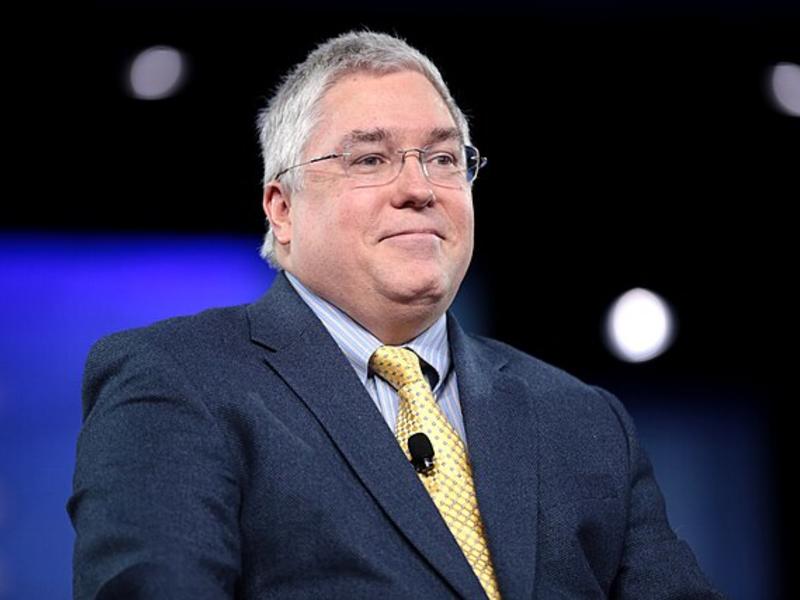
Just about two years ago, many Senate observers were sounding the alarm over how “young” the Senate was. Between retirements, resignations, deaths and defeats at the polls, the Senate had seen a 44-percent turnover between 2008 and 2012. In addition, 42 members were in their first terms. At the time, some predicted that after the 2014 election, half of the members of the Senate would be in their first terms. This raised a lot of questions about how the Senate would operate. Was the seniority system becoming less important? Would more senior members wield less influence? Was the institutional memory disappearing? Did the 42 first-term members bring enough experience to the Senate? And, of course, did the turnover say something about serving in the U.S. Senate or about running for office? Most of these questions still can’t be answered, but the turnover and the arrival of a new generation of Senators may not be all that significant. Predictions that more than half of all Senators would be in their first term by the start of the 114th Congress were unfounded.










Subscribe Today
Our subscribers have first access to individual race pages for each House, Senate and Governors race, which will include race ratings (each race is rated on a seven-point scale) and a narrative analysis pertaining to that race.